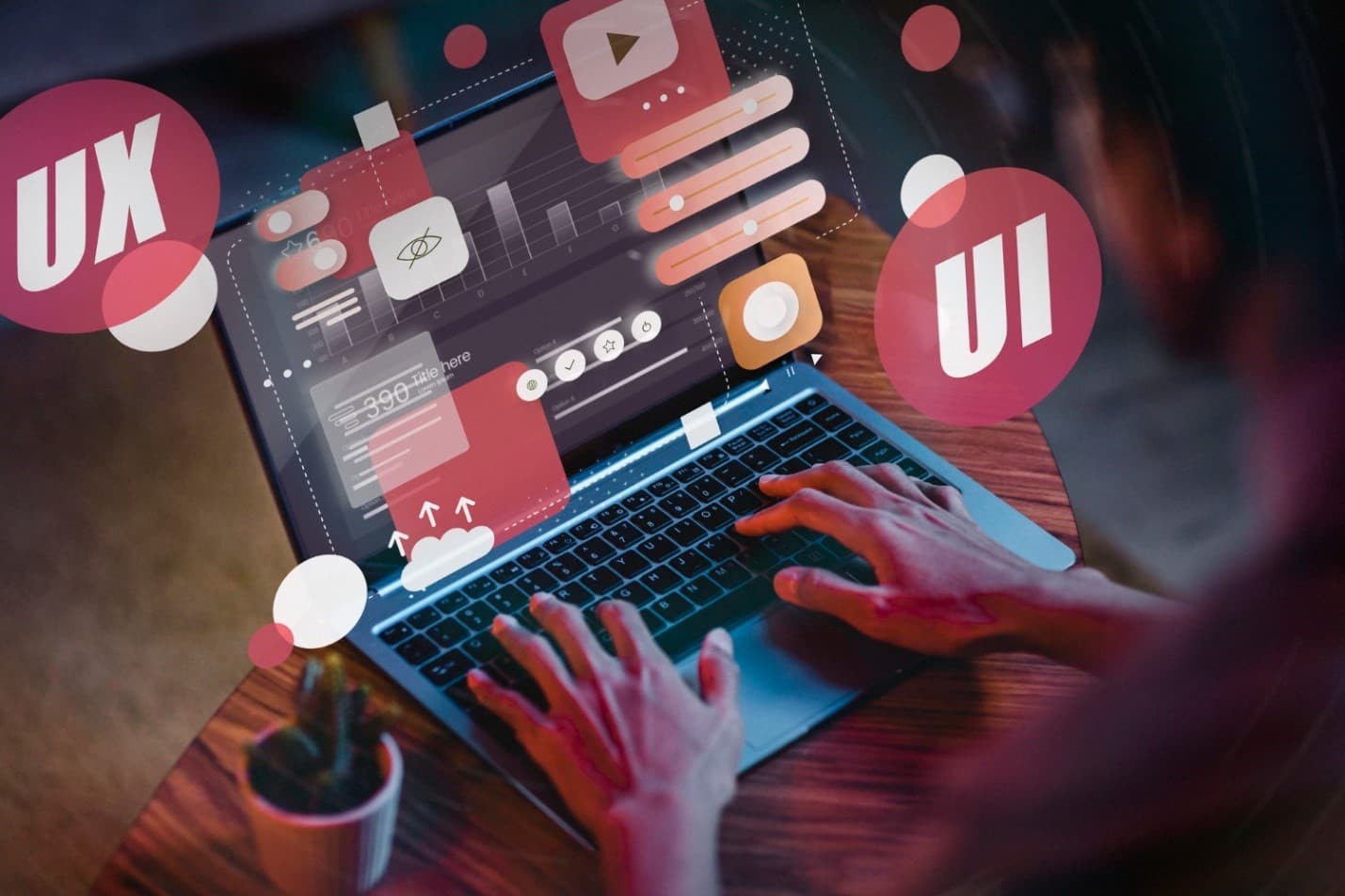In the constantly evolving realm of web design, it is imperative to maintain a competitive edge to craft captivating and user-centric websites. As we usher in the year 2023, we find ourselves at the forefront of a fresh web design era characterized by pioneering technologies and imaginative design trends. This article will delve into the leading trends and technological advancements poised to mold web design in the year 2023.
Incorporating Augmented Reality (AR)
Augmented Reality (AR) is poised to revolutionize web design. In 2023, we expect more websites to incorporate AR elements to enhance user experiences. From virtual try-ons for e-commerce sites to interactive storytelling on blogs, AR will bring a new level of engagement. Integrating AR seamlessly into web design will require designers to master 3D modeling, motion tracking, and user interface design.
Moreover, Augmented Reality (AR) is poised to dissolve the boundaries separating the digital and physical realms, opening up avenues for inventive marketing approaches. Brands can conceive interactive AR initiatives, enabling users to engage with products in real-time, nurturing stronger connections and enhancing conversion rates. The evolution of AR technology unquestionably positions it as an indispensable component of web design in the foreseeable future.
Utilizing Artificial Intelligence (AI) in the Field of Design
AI-driven design tools have been steadily advancing in sophistication. Designers can now employ AI to automate mundane tasks, craft personalized content, and suggest layouts based on user interactions. It’s important to note that AI is not poised to replace designers; instead, it serves as a valuable instrument for streamlining workflows and enhancing efficiency. This, in turn, enables designers to channel their efforts towards the more imaginative facets of web design.
In 2023, we anticipate AI to be a pivotal part of the design process, offering designers predictive insights into user preferences and behaviors. With AI-driven analytics, designers can gain deeper insights into how users interact with their websites, enabling them to make data-driven design decisions that result in more user-centric and compelling web experiences.
Minimalistic Design with Microinteractions
Minimalism remains a strong design trend in 2023. Clean and simple layouts, ample white space, and bold typography continue to dominate. However, microinteractions—subtle animations or responses to user actions—add a touch of interactivity to these minimalist designs. These small, delightful details can significantly improve user engagement and satisfaction.
Dark Mode and Color Schemes
Dark mode has gained immense popularity and is here to stay. In 2023, more websites will offer dark mode options to reduce eye strain and conserve device battery life. Additionally, designers will experiment with bold and unconventional color schemes to create memorable and visually striking websites.

Voice User Interface (VUI) and Conversational Design
Voice assistants like Siri, Alexa, and Google Assistant have paved the way for voice user interfaces. Websites will increasingly integrate VUI, allowing users to navigate and interact with sites using natural language. Conversational design, optimizing user interactions through chatbots and voice commands, will become a staple of web design in 2023.
Web 3.0 and Blockchain Integration
Web 3.0, often associated with decentralized technologies like blockchain, will enhance web design’s security and privacy. Blockchain integration will enable secure user authentication, data ownership, and verifiable transactions, making online experiences more transparent and trustworthy.
Accessibility and Inclusive Design
Inclusivity and accessibility have become non-negotiable in web design. In 2023, designers will prioritize creating websites that are accessible to all users, regardless of disabilities. This includes using semantic HTML, providing alternative text for images, and ensuring compatibility with screen readers.
Scroll-Triggered Animations
Scroll-triggered animations are an exciting trend in web design for 2023. As users scroll down a webpage, animations and effects are triggered, creating a dynamic and engaging user experience. These animations can be used to highlight key content or add an element of surprise.
Data-Driven Design and Personalization
Individualization stands as the cornerstone of user engagement. Through the scrutiny of user data, web designers possess the means to craft custom-tailored experiences that align with individual preferences. Be it in the form of product suggestions, content curation, or layout design, the trajectory of web design is undeniably molded by the data-centric approach, ensuring continued personalization in the online realm.
3D Design and WebXR
Three-dimensional design elements and WebXR (Extended Reality) will take web design to new dimensions in 2023. These technologies will enable the creation of immersive web experiences, from product showcases to virtual tours, providing users with a more interactive and engaging environment.
As we set sail on the voyage of web design in 2023, designers and developers must remain well-informed about these burgeoning trends and technologies. The future of web design is thrilling, replete with prospects for crafting immersive, inclusive, and individually tailored web encounters that enchant users and propel achievements to new heights.
In summary, the ever-evolving terrain of web design remains in a state of perpetual flux, and 2023 promises to be a year brimming with innovation and creativity. With the integration of Augmented Reality (AR), the utilization of AI-driven design tools, and the pursuit of inclusivity initiatives, web designers have a plethora of thrilling trends and technologies at their disposal, waiting to be harnessed. Embracing these trends will maintain the relevance of your websites and guarantee the delivery of exceptional user experiences in the years that lie ahead.
